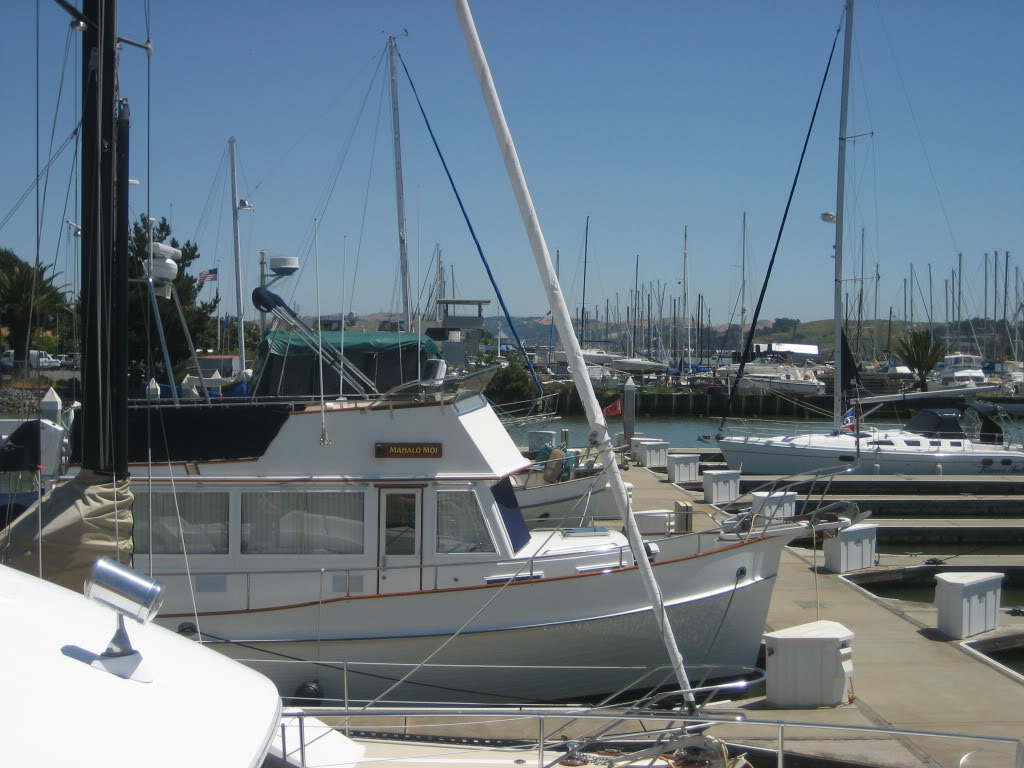Bay Pelican
Moderator Emeritus
Sailboats, the big U.
Rowboats have crossed the Atlantic so there is not need for a discussion that semi-displacement or planing boats are not qualified to cross big open water. The discussion of sail boats (almost all full displacement) is fairly on point in that few powerboats less than 60 feet have crossed an ocean. As the 2004 Nordhavn rally demonstrated we have a lot to learn about 24/7 operation of powerboats. Sailboat technology has had thousands of years to perfect.
An important point for me is that all boats are designed and built with a target market and target use in mind. The compromises are driven by those decisions. Speed or distance. Storage or living space. Hugh windows or windows which can take a hit. The list goes on and on. If you take a boat designed for one use and use it for another it may work for you, but some of the design elements may not be best for your use.
It is often said that if you can tell how you are going to use your boat you can narrow down the boats to look at.
Full displacement is geared to long distance cruising. Semi-displacement gives up some sea keeping ability for faster speed. Full displacement generally has more storage space. Both types of boats are fine.
Rowboats have crossed the Atlantic so there is not need for a discussion that semi-displacement or planing boats are not qualified to cross big open water. The discussion of sail boats (almost all full displacement) is fairly on point in that few powerboats less than 60 feet have crossed an ocean. As the 2004 Nordhavn rally demonstrated we have a lot to learn about 24/7 operation of powerboats. Sailboat technology has had thousands of years to perfect.
An important point for me is that all boats are designed and built with a target market and target use in mind. The compromises are driven by those decisions. Speed or distance. Storage or living space. Hugh windows or windows which can take a hit. The list goes on and on. If you take a boat designed for one use and use it for another it may work for you, but some of the design elements may not be best for your use.
It is often said that if you can tell how you are going to use your boat you can narrow down the boats to look at.
Full displacement is geared to long distance cruising. Semi-displacement gives up some sea keeping ability for faster speed. Full displacement generally has more storage space. Both types of boats are fine.





